SAN RAFAEL, Calif. (Jan 9, 2018) – The shocking hidden suffering of captive elephants has been exposed today by In Defense of Animals on its respected annual list of the Ten Worst Zoos For Elephants in North America. The 2017 list reveals premature deaths, brutal breeding procedures, and flagrant violations of the Animal Welfare Act. Zoos all over the US and one zoo in Canada appear on the Ten Worst Zoos list, with Topeka Zoo in Kansas shamed as the #1 Worst Zoo for “gross neglect” of a dying elephant.
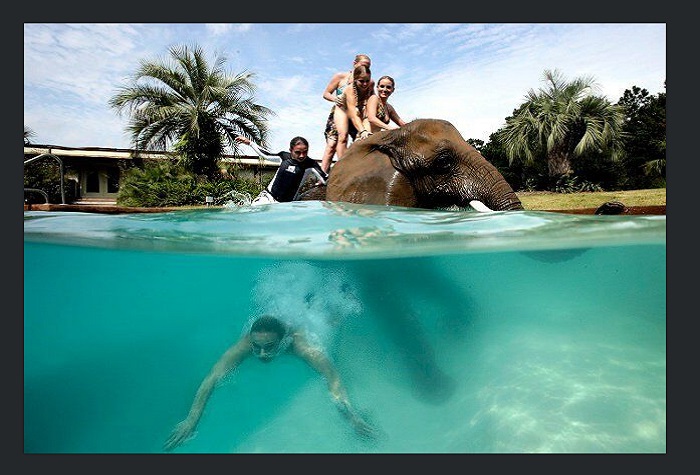
“Elephants have suffered horrendously in North American zoos in 2017,” said In Defense of Animals elephant scientist, Toni Frohoff Ph.D. “Zoos violate elephants’ rights and submit them to horrific and unnecessary abuses. Urgent action is needed to shut down the archaic zoo exhibits on this list, and retire the elephants to sanctuaries where they can live in peace.”
Elephants in zoos across North America are being subjected to barbaric bullhooks, sexual mistreatment, grossly inadequate conditions, egregious disregard for their needs, forced performances, captivity-caused health problems, unsuitable enclosures, cold climates, incompatible companions, and crushing solitary confinement.
Topeka Zoo, named worst in 2017, has a long history of violating the Animal Welfare Act. The zoo failed miserably to adequately care for Shannon, a 35-year-old African elephant who died on December 11, 2017, after spending ten brutal hours down on her side without any monitoring from zoo staff who had left for the night. Shannon had to be hoisted to her feet by firefighters the day before, after enduring a lengthy “downed” ordeal.
Topeka Zoo Director Brendan Wiley himself admitted that for elephants, “lying down for several hours can potentially be fatal, given their body mass.” On the day of her death, Wiley said on camera, “We think she was down for a total of about 10 hours yesterday and… probably about the same amount of time today.” “That’s a lot of time for an elephant to be down.”
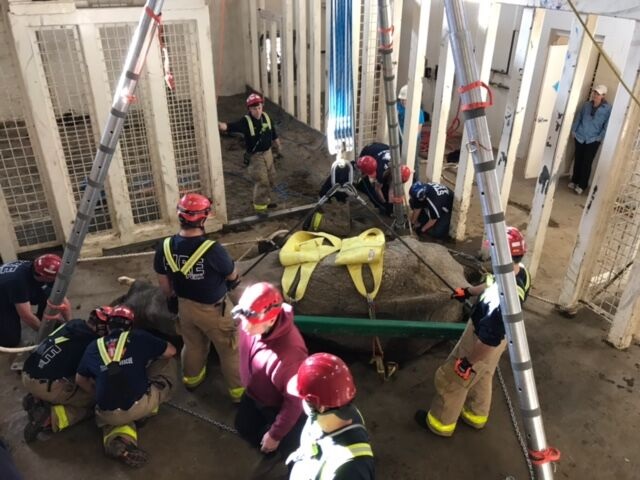
The zoo chose not to keep someone on site to monitor Shannon’s video feed and staff went home for the night. Given the seriousness of Shannon’s condition, the zoo’s actions were nothing short of gross neglect and blatantly inadequate care.
“The gross neglect and death of Shannon at Topeka Zoo is only the tip of an iceberg that threatens the lives of all elephants who remain there”, said Dr. Frohoff. “It should be patently obvious that a severely sick elephant must be watched closely around the clock. Not bothering to check Shannon’s video feed for over 9 hours, the night after an emergency ordeal, is inexcusable. Proper observation would have likely minimized Shannon’s suffering, and could possibly have prevented her death. At 35-years old, Shannon should have been living some of her best years, yet she was sick and died at Topeka Zoo.”
Medical records indicate that Shannon was suffering for weeks, showing signs of pain, tremors, and weakness. Topeka Zoo reports that it has now bought a new video monitoring system, which is far too little – far too late.
Shannon’s death is indicative of the longtime problems that continue to plague Topeka Zoo and its animals. The zoo has been cited numerous times for violations of Federal Animal Welfare regulations which include animal deaths, injuries, and lack of proper veterinary care. In 2013, the zoo paid a $45,000 usd civil penalty to settle charges brought against it by the USDA for at least 51 willful violations of the Animal Welfare Act. The charges included failure to provide adequate veterinary care for elephants Tembo and Sunda, including problems with their skin, feet, and nutrition.
The elephants remaining at Topeka Zoo are at risk. Asian elephant Sunda has a history of chronic foot disease caused by lack of movement and standing on hard surfaces throughout many years. Topeka’s sub-freezing winters exacerbate health problems, as the elephants are forced to remain indoors for excessively long periods with minimal exercise. Cora, an Asian elephant, who came to the zoo in 2016 with Shannon, is particularly at risk because of the health issues associated with performing unnatural circus tricks, which she did for many years before coming to the zoo.
In Defense of Animals is calling for the urgent relocation of the Topeka Zoo elephants for their safety and wellbeing. Dr. Frohoff said, “We urge Topeka Zoo and the USDA to avert further tragedy and release elephants, Cora, Tembo and Sunda to an accredited sanctuary where they can receive the professional health care they need and deserve.”
10 WORST ZOOS
1. Topeka Zoo, Topeka, Kansas
2. Pittsburgh Zoo and International Conservation Center, Pittsburgh, Pennsylvania
3. Omaha’s Henry Doorly Zoo and Aquarium, Omaha, Nebraska
4. Louisville Zoo, Louisville, Kentucky
5. Oregon Zoo, Portland, Oregon
6. Myrtle Beach Safari, Myrtle Beach, South Carolina
7. Two Tails Ranch, Williston, Florida
8. St. Louis Zoo, St. Louis, Missouri
9. Natural Bridge Zoo, Rockbridge County, Virginia
10. Riverbanks Zoo and Garden, Columbia, South Carolina
DISHONORABLE MENTION – Repeat Offenders
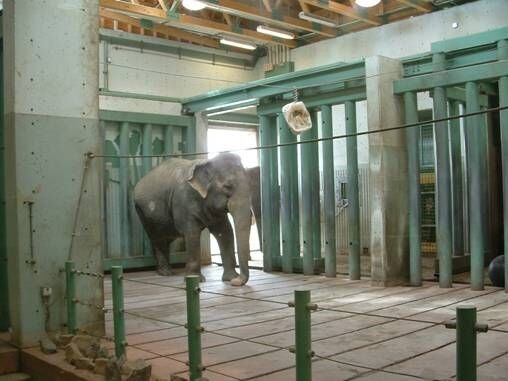
Edmonton Valley Zoo, Alberta, Canada
Bronx Zoo, Bronx, New York
Featured image- Infant elephant at Pittsburgh Zoo by Andrew Rush/ AP
Discover the full list of the Ten Worst Zoos For Elephants in North America 2017
In Defense of Animals is an international animal protection organization with over 250,000 supporters and a 30-year history of fighting for animals, people and the environment through education, campaigns and hands-on rescue facilities in India, Africa, and rural Mississippi.
IN DEFENSE OF ANIMALS • 3010 KERNER BLVD. • SAN RAFAEL, CA 94901 • 415-448-0048
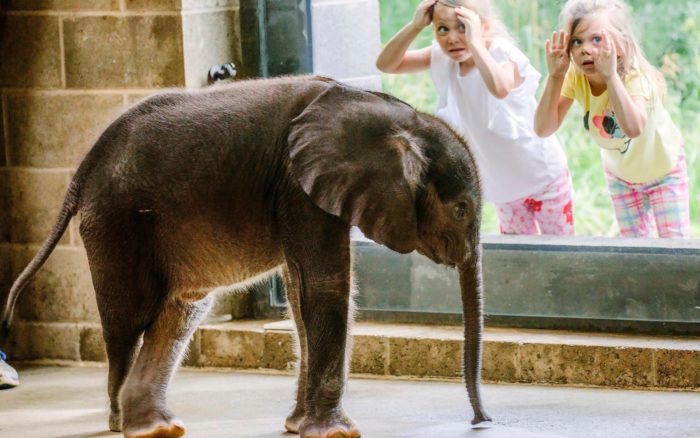
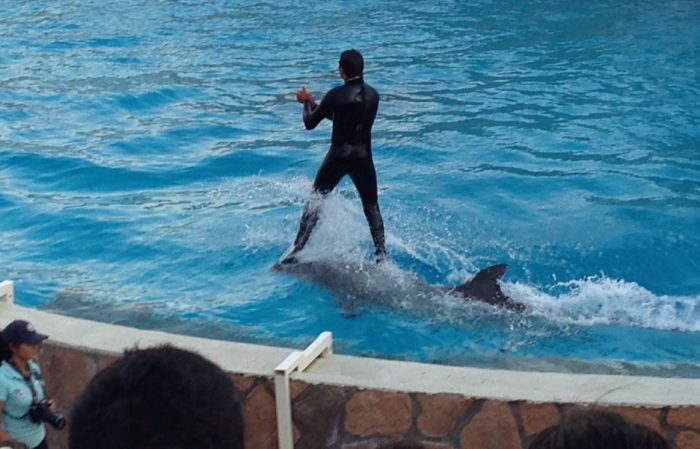
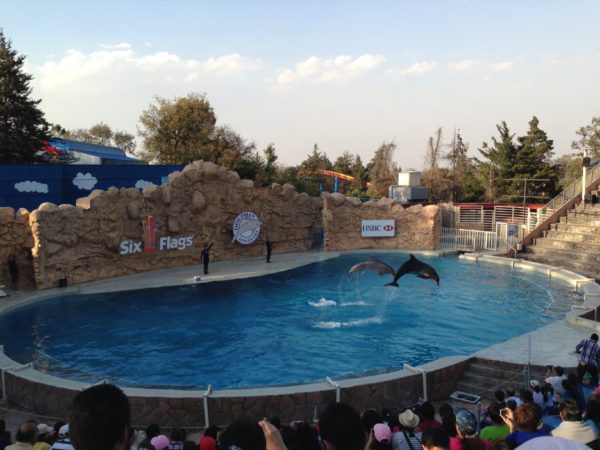
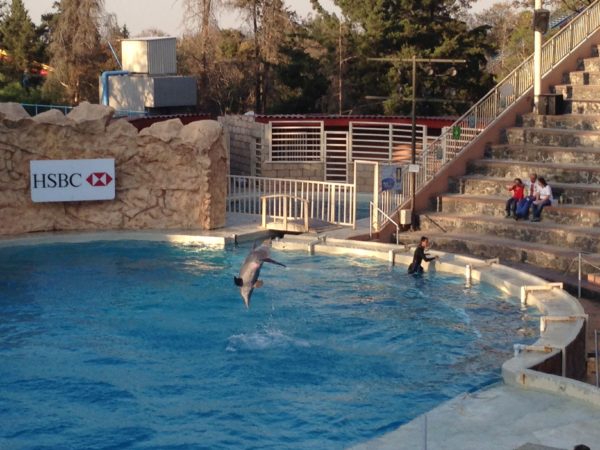

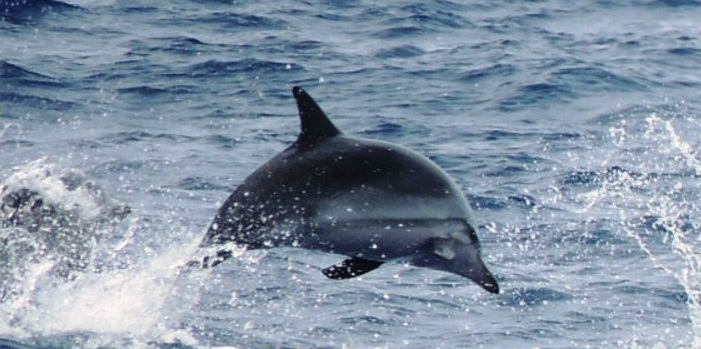
 Major public opposition has been building against the planned dolphin exhibit at the Mississippi Aquarium in recent months. Over 15,000 In Defense of Animals supporters have written to Hewes and Meadows since the plans were revealed. A former dolphin trainer at Gulfport’s Marine Life Oceanarium has amassed almost 160,000 supporters for her petition calling on Mississippi Governor Bryant not to redirect $17 million of BP deepwater drilling disaster restoration funds to build the Aquarium.
Major public opposition has been building against the planned dolphin exhibit at the Mississippi Aquarium in recent months. Over 15,000 In Defense of Animals supporters have written to Hewes and Meadows since the plans were revealed. A former dolphin trainer at Gulfport’s Marine Life Oceanarium has amassed almost 160,000 supporters for her petition calling on Mississippi Governor Bryant not to redirect $17 million of BP deepwater drilling disaster restoration funds to build the Aquarium. While opposition to dolphin captivity grows in Mississippi, a sea-change is being felt across the country and around the world. SeaWorld ended orca breeding last year and announced that it is phasing out orca captivity in all three of its parks in Florida, Texas, and California. Last month, the Vancouver Aquarium was banned from keeping or breeding cetaceans, and now the
While opposition to dolphin captivity grows in Mississippi, a sea-change is being felt across the country and around the world. SeaWorld ended orca breeding last year and announced that it is phasing out orca captivity in all three of its parks in Florida, Texas, and California. Last month, the Vancouver Aquarium was banned from keeping or breeding cetaceans, and now the